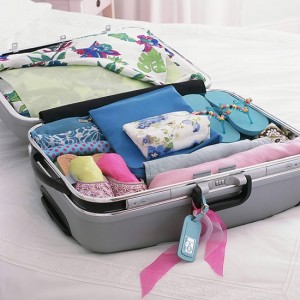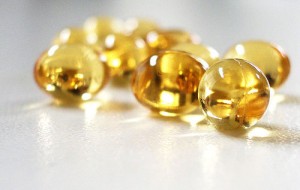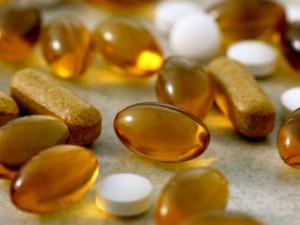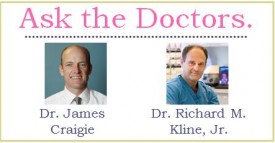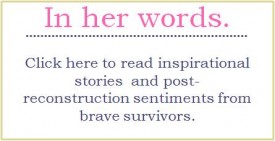 At The Center for Natural Breast Reconstruction, our mission is to help women everywhere make smart, informed decisions about breast reconstruction and overall healthcare.
At The Center for Natural Breast Reconstruction, our mission is to help women everywhere make smart, informed decisions about breast reconstruction and overall healthcare.
Over the years, our surgeons, Dr. James Craigie and Dr. Richard M. Kline, Jr., have answered a wealth of questions about breast reconstructive surgery—from the different kinds of procedures to post-op healing tips.
If you’re searching for a thorough introduction to breast reconstructive surgery, here’s a sample of the invaluable advice our surgeons gave the past year:
Your Questions about Natural Breast Reconstruction and Implants Answered
Scarring After Breast Reconstruction Surgery
Tackling the Challenges of Breast Reconstruction After Lumpectomy and Radiation
The Benefits of DIEP Flap Breast Reconstruction Over Other Reconstructive Options
Is This Normal? Your Post Op Breast Reconstruction Question Answered
Tips for Improving Recovery and Healing Time
If you are seeking advice about breast cancer, breast reconstruction, or healthcare options, please send your questions our way! We will address all of your questions with detailed and valuable insight straight from our surgeons.

